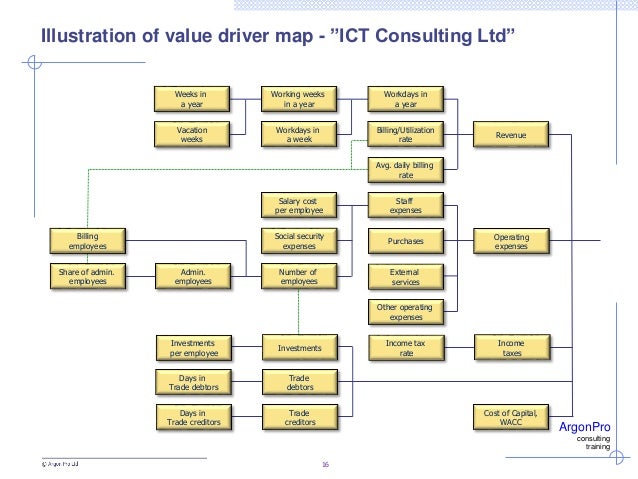Alfred Rappaport 7 Value Drivers


Nov 30, 2010 - Different methods used for computation of shareholder value are illustrated through a case. Value drivers using the case example of. The stakeholder. Rappaport, Alfred (2001), Creating.
This article needs additional citations for. Unsourced material may be challenged and removed. Find sources: – ( February 2008) () Shareholder value is a business term, sometimes phrased as shareholder value maximization or as the shareholder value model, which implies that the ultimate measure of a company's success is the extent to which it enriches shareholders. It became popular during the 1980s, and is particularly associated with former CEO of,. Programma chitayuschaya format zapisi vd. The term can be used to refer to: • The of a company • The concept that the primary goal for a company is to increase the of its (owners) by paying dividends and/or causing the stock price to increase • The more specific concept that planned actions by management and the returns to shareholders should outperform certain bench-marks such as the concept. In essence, the idea that shareholders' money should be used to earn a higher return than they could earn themselves by investing in other assets having the same amount of.
The term in this sense was introduced by in 1986. Contents • • • • • • • • • • • • • • • • • Definition [ ] For a publicly traded company, Shareholder Value (SV) is the part of its capitalization that is as opposed to long-term. In the case of only one type of, this would roughly be the number of outstanding shares times current shareprice. Things like augment shareholder value while issuing of shares () lower it. This shareholder value added should be compared to average/required increase in value, making reference to the. For a privately held company, the value of the firm after debt must be estimated using one of several methods, s.a. History [ ] On August 12, 1981, made a speech at in called ‘Growing fast in a slow-growth economy’.
This is often acknowledged as the 'dawn' of the obsession with shareholder value. Welch's stated aim was to be the biggest or second biggest market player, and to return maximum value to stockholders. In March 2009, Welch criticized parts of the application of this concept, calling a focus on shareholder quarterly profit and share price gains 'the dumbest idea in the world'. Welch then elaborated on this, claiming that the quotes were taken out of context.
Artikel tentang kedisiplinan siswa. Mark Mizruchi and Howard Kimeldorf offer an explanation of the rise in prominence of institutional investors and securities analysts as a function of the changing political economy throughout the late 20th century. The crux of their argument is based upon one main idea. The rise in prominence of institutional investors can be credited to three significant forces, namely organized labor, the state and the banks.